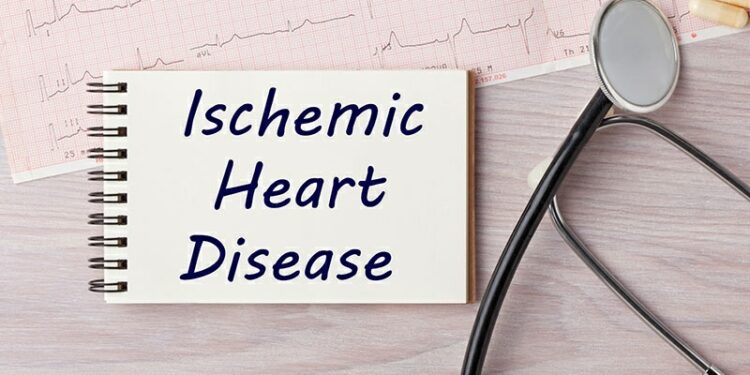[ad_1]
TOPLINE:
A study showed that survivors of Stevens-Johnson syndrome (SJS) and toxic epidermal necrolysis (TEN) had an increased risk for cardiovascular morbidity and mortality, which peaked within the first year and remained elevated for up to 7 years after the initial SJS/TEN diagnosis.
METHODOLOGY:
- A retrospective study evaluated survivors of SJS/TEN from Taiwan’s National Health Research Institute Database from 1998 to 2021.
- Researchers included 10,571 SJS/TEN survivors (mean age, 56.1 years; 50.7% women) and 105,710 matched participants without SJS/TEN for the cerebrovascular accident (CVA) analysis, and 11,084 SJS/TEN survivors (mean age, 56.6 years; 50.2% women) and 110,840 matched participants for the ischemic heart disease (IHD) analysis.
- Primary outcomes were mortality from CVA and IHD. Secondary outcomes were CVA and IHD events.
TAKEAWAY:
- SJS/TEN survivors had a higher risk for CVA (hazard ratio [HR], 1.65; 95% CI, 1.57-1.72) and a higher risk for IHD (HR, 1.58; 95% CI, 1.51-1.65).
- Cardiovascular mortality was elevated for both CVA (HR, 1.69; 95% CI, 1.46-1.96) and IHD (HR, 1.55; 95% CI, 1.32-1.82).
- The increased risk for cardiovascular mortality peaked at 1 year for both CVA and IHD and declined thereafter, remaining significant for 7 years for CVA and 4 years for IHD.
- Older survivors (> 50 years) and those admitted to intensive care had significantly higher cardiovascular mortality (all P
IN PRACTICE:
“In a national cohort of patients with SJS/TEN, survivors of SJS/TEN had a higher risk of cardiovascular morbidity and mortality after SJS/TEN events,” the authors wrote. Given the excess burden of cardiovascular morbidity and mortality, they added, “Tailored monitoring and preventive strategies, such as cardiovascular risk factor modification, should be considered to minimize cardiovascular mortality in these patients.”
SOURCE:
The study was led by Hsien-Yi Chiu, MD, PhD, National Taiwan University Hsin-Chu Hospital, Hsinchu, Taiwan. It was published online on February 19 in JAMA Dermatology.
LIMITATIONS:
The authors included data from the healthcare database and included only hospitalized patients with SJS/TEN diagnostic codes.
DISCLOSURES:
This work was funded in part by grants from National Taiwan University Hospital and the Ministry of Science and Technology of Taiwan. Chiu reported receiving speaking fees and grants from pharmaceutical companies including AbbVie, Novartis, Janssen-Cilag Pharmaceuticals, and Eli Lilly and Company. Other authors did not report any conflicts of interest.
This article was created using several editorial tools, including AI, as part of the process. Human editors reviewed this content before publication.
[ad_2]
Source link : https://www.medscape.com/viewarticle/sjs-ten-survivors-show-lasting-cardiovascular-mortality-risk-2025a10004pe?src=rss
Author :
Publish date : 2025-02-24 09:49:14
Copyright for syndicated content belongs to the linked Source.














